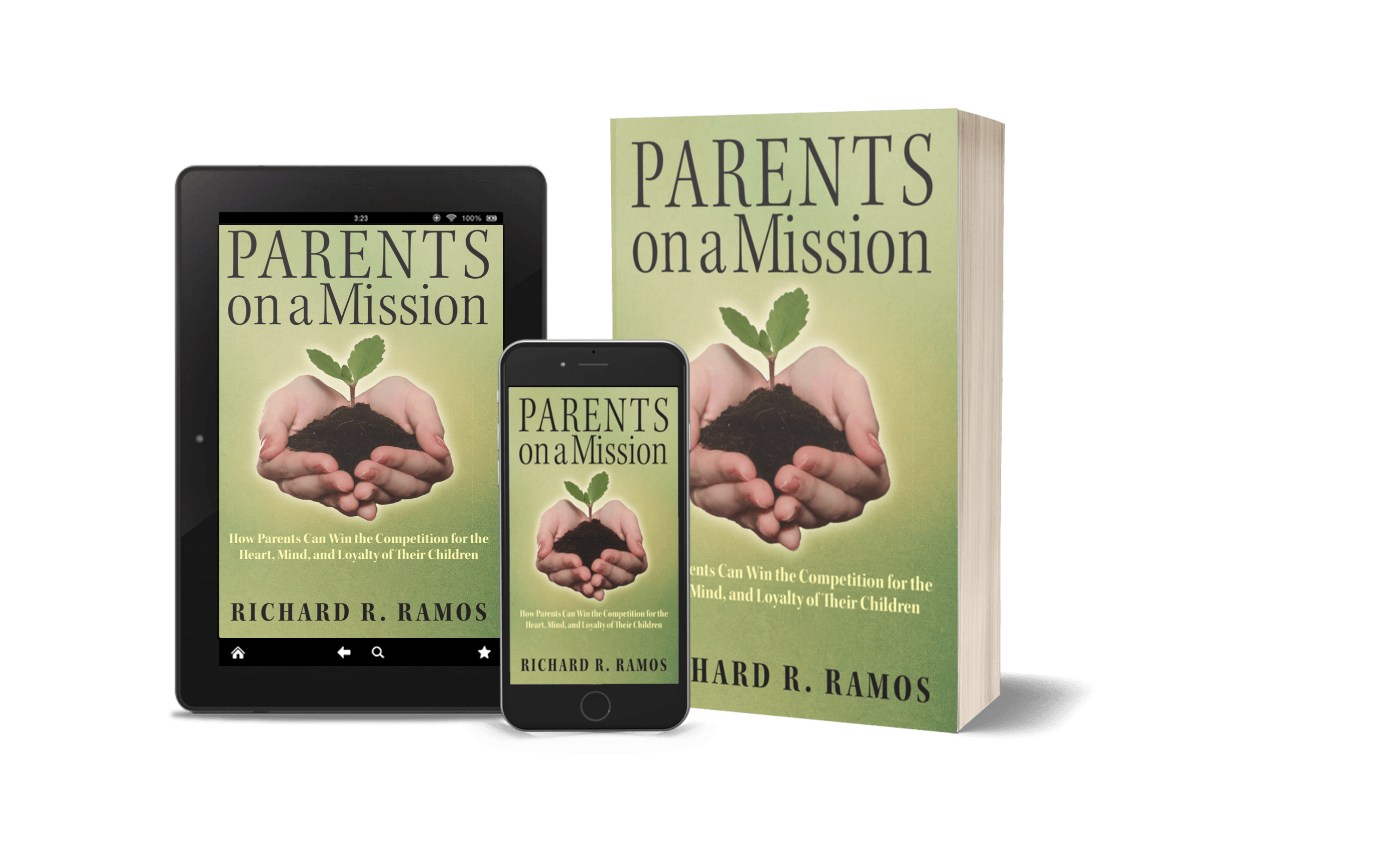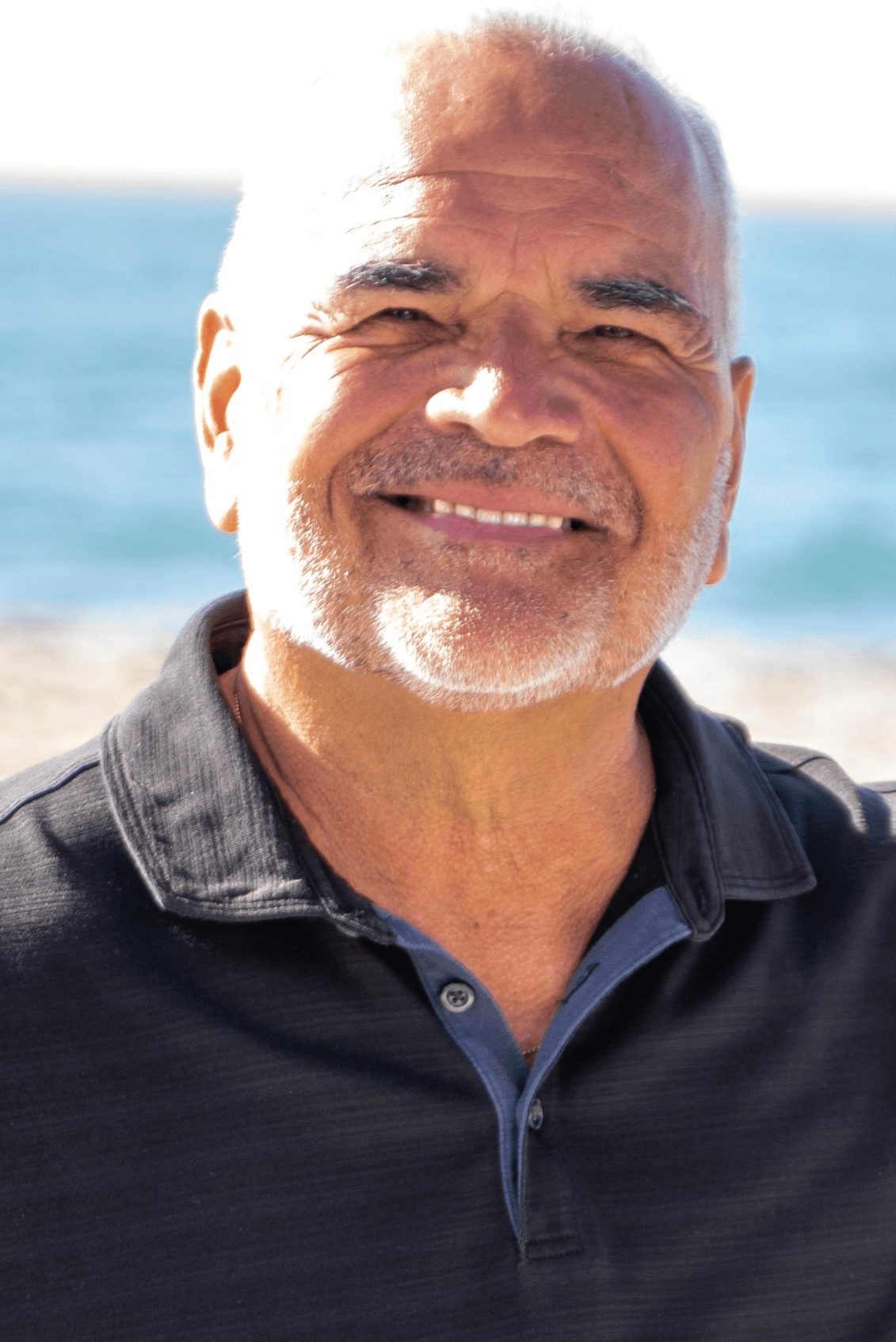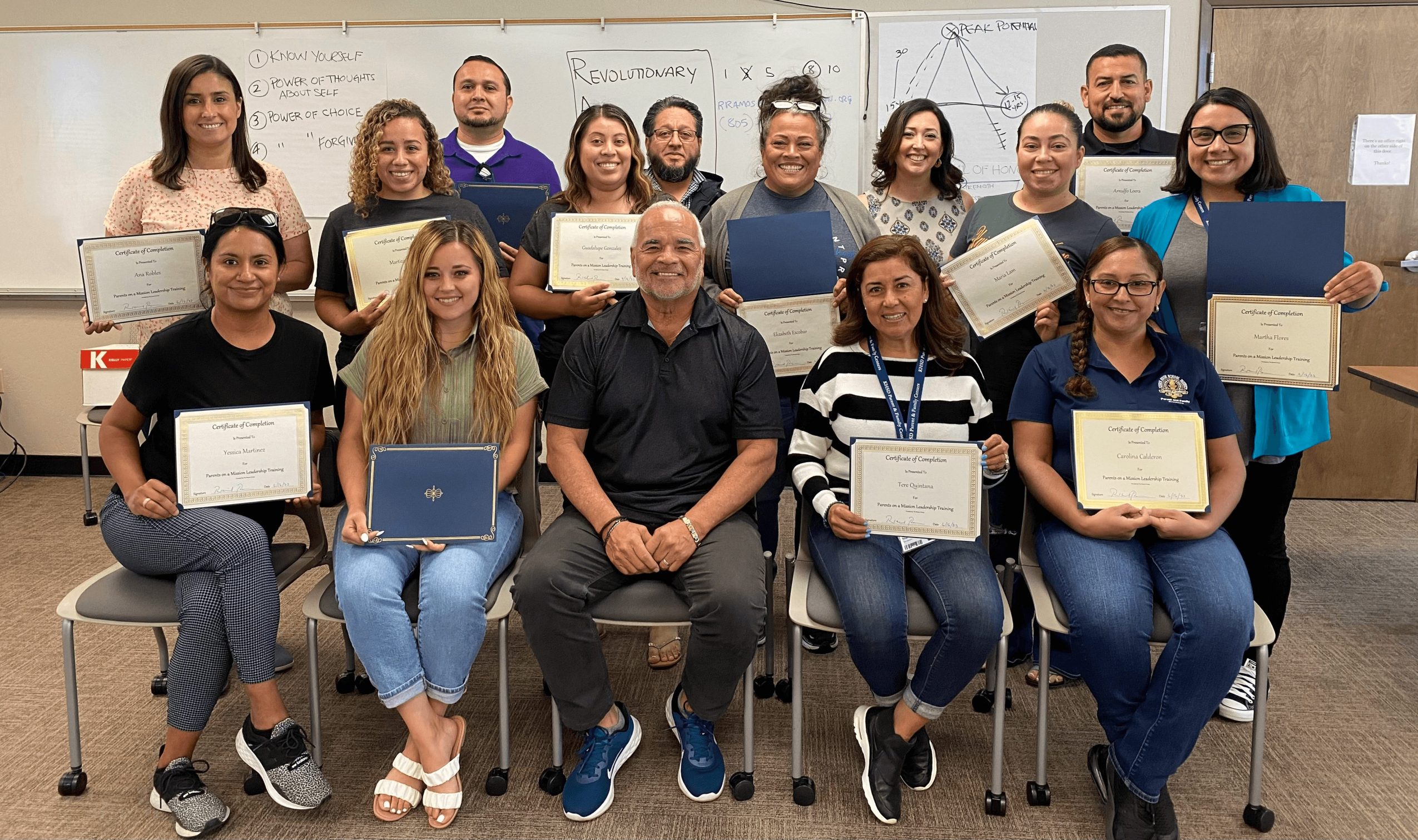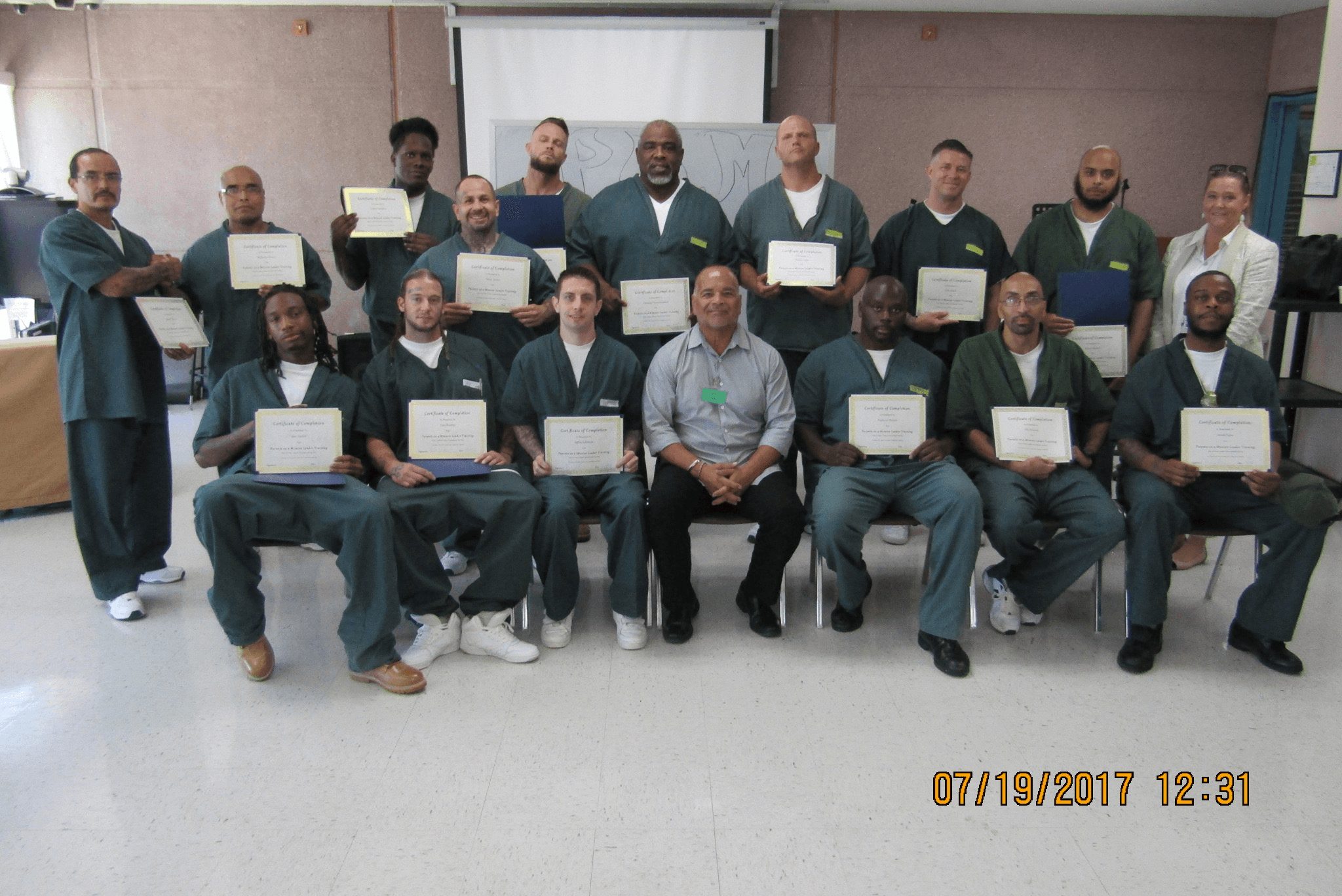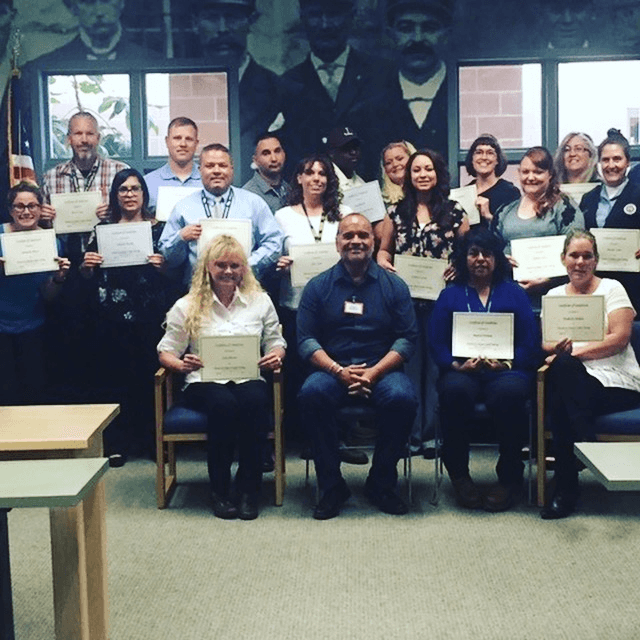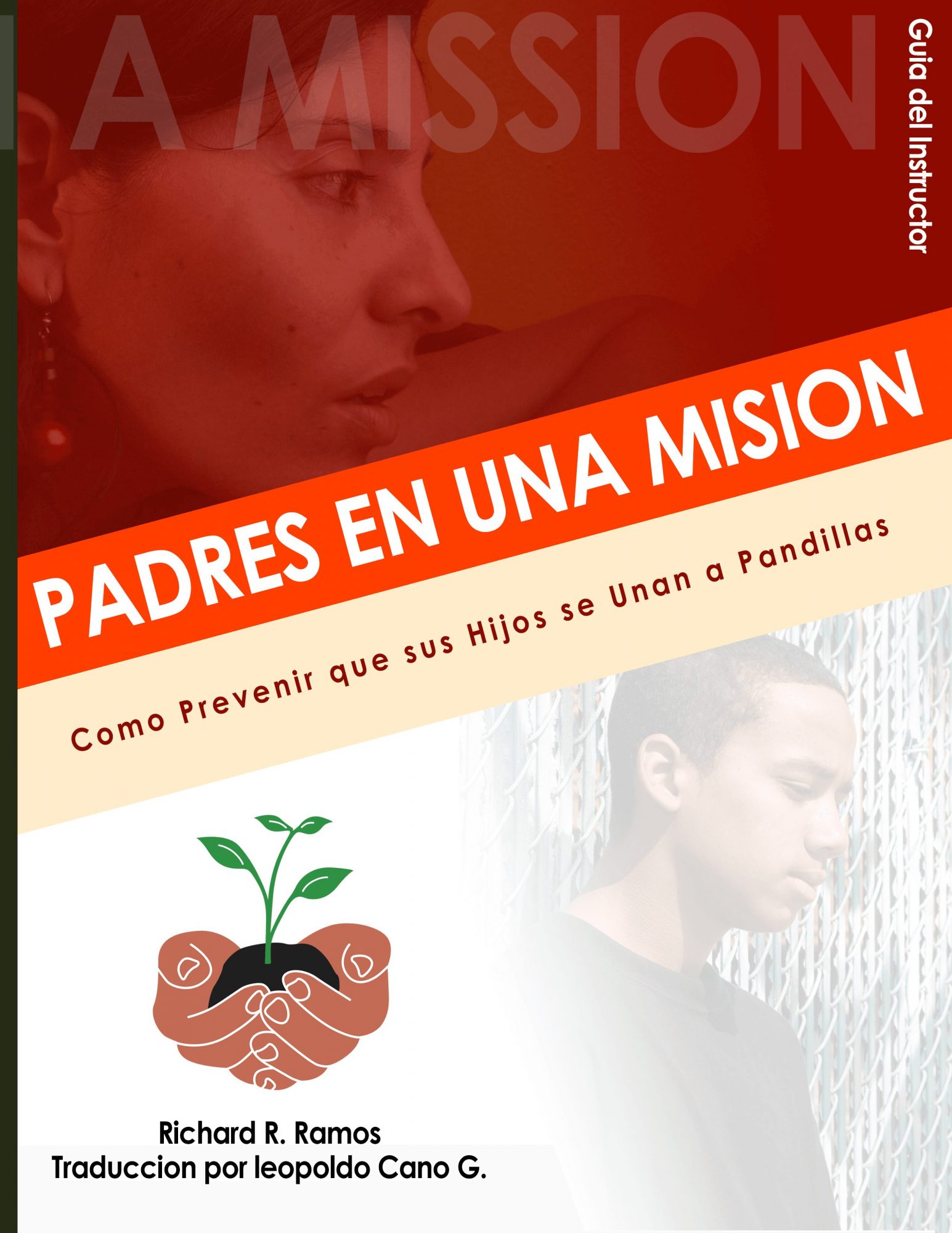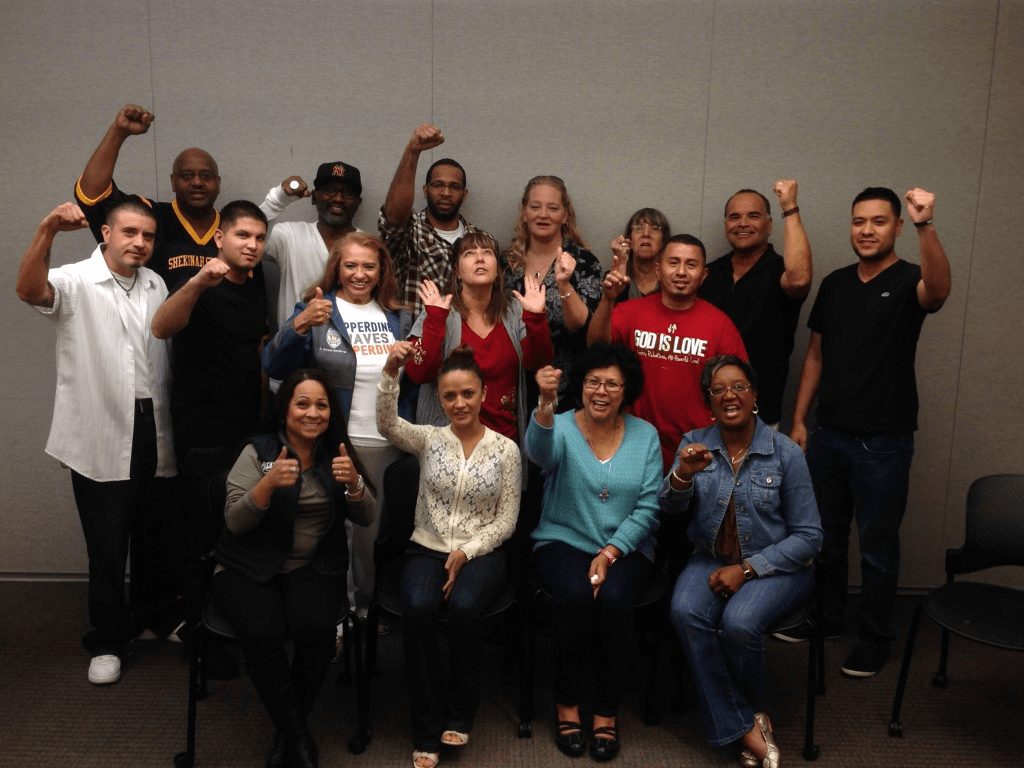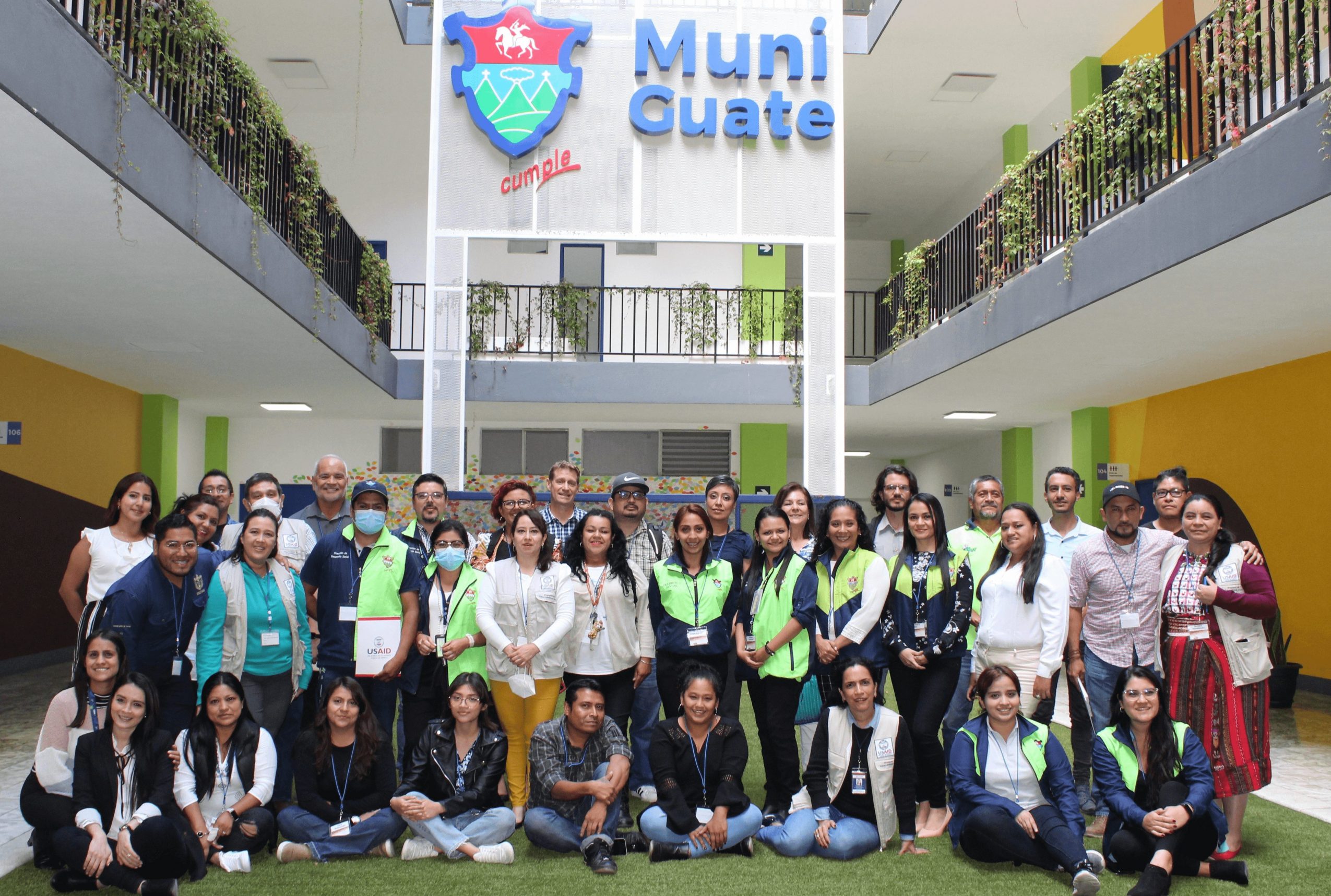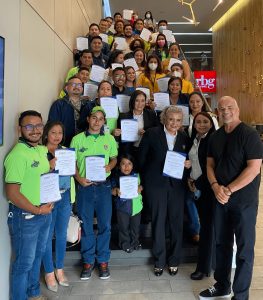 Today we’d like to introduce you to Richard Ramos.
Today we’d like to introduce you to Richard Ramos.
Alright, so thank you so much for sharing your story and insight with our readers. To kick things off, can you tell us a bit about how you got started?
Parents On a Mission Parents on a Mission is a parent leadership curriculum I created in my desire to help the students who were on my caseload as the at-risk counselor, two years at a junior high school and two years at a high school, from 1990 to 1994. My daily focus was listening to, encouraging, and mentoring the fifty students on my caseload. I continued in this way for about the first year and a half. It was rewarding to see that over time, I was winning my students’ confidence and trust, and I saw some results of troubled and unmotivated students beginning to try and make positive changes in their lives. I created a club for Latino students and organized school dances and other after-school activities and field trips. We were definitely making progress…but then I began to notice a trend. Many of my students began to go back to their old ways: ditching classes, not coming to school at all, failing to do homework, not passing their classes, and getting in trouble outside of school in the neighborhood. This became a frustrating roller coaster ride of ups and downs with individual students.
I would fill out pink slips. We used to call students out of class to come to my office so I could check in with them. If I noticed a student missing school, I often drove to their home looking for them and if I found them at home, I would talk them, into coming with me back to school. I offered to spend time with them after school hours as much as I could. Keeping up this pace became a real struggle, and I started to think about why this was happening. Why where my students that seemed to be on the right track, slowly begin to go backwards? It was like watching a healthy flower begin to dry out, wilt, and die. At this point, I decided to see what was going on at home. I felt I needed to conduct home visits and listen to the parents of my students and get their side of things. That’s when everything changed for me.
Being a young parent myself at the time, I intuitively knew I couldn’t limit myself to one side of the story my students were telling me as to why they were making negative choices, causing them to always be in trouble and ending up either in my office, the Vice Principals office, or suspended from school altogether. I decided that after my day at school, I would show up at their home (unannounced), introduce myself, and ask if I could have a few minutes to let the parents know who I was and what my role at the school was. My initial intention was simply to develop a relationship and build trust by having light, general conversations about their family, the school, my family, and whatever other topics came up during our conversations. However, these home visits became an unexpected, eye-opening experience for me that changed my paradigm of how to help troubled youth. The conventional method of dealing with problem youth is to focus our attention on the problems troubled and rebellious youth cause. To counsel them by asking them why they are doing what they are doing. To listen and reason with them on why their choices of behavior are wrong, destructive, unacceptable, and, in the long-run, hurtful to their potential future. But after making enough home visits, I saw a different picture. I had one of those “ah-ha” moments where a different light goes on, and you see things more clearly. I then realized that I needed to change my focus from the problems troubled youth create to the problems that create troubled and rebellious youth.
We all face challenges, but looking back, would you describe it as a relatively smooth road?
During my home visits I witnessed a lot of family dysfunction: lack of communication, no respect for parents, no control of their kids’ whereabouts, no respect for authority, and other things that did not contribute to a healthy home environment. This is not to say each home was the same. But there was one or more factors that I could see was contributing to the anger, resentment, and sadness I was hearing from my students in my school office that was having a direct effect on their attitude and lack of performance in school. I witnessed that when young people have experienced emotional trauma or have sad and angry hearts, there is no room for motivation to sit in a class, listen, learn, read, and study. I clearly understood that my focus was on the wrong thing. It was like a young person who comes to you that is both starving and suffocating at the same time and is force-feeding him to eat without first relieving their suffocation so they can breathe and then eat. It’s not that they are rejecting the food they need. But rather they are unable to receive it because they can’t breathe. If you’ve ever been out of breath from running or working out, you know what I mean. You can’t drink the water you need until you catch your breath. I call this the “inside-out” approach vs. the conventional “outside-in” approach to counseling. In this case, the inside-out approach needed to start inside the home with parents.
This paradigm shift helped me realize I was fighting a losing battle because no matter how much encouragement and counsel I was giving at school, these students were going home to an environment that was defeating and tearing down everything I was trying to accomplish. The more I thought about what I observed in their home life, I concluded that if I really wanted to help my students, the best thing I could do was to try to help their parents create a better home environment. Consequently, I started teaching parenting classes. I called my program “Parents on a Mission” (POM).
Thanks for sharing that. So, maybe next you can tell us a bit more about your work?
Today, POM is being taught throughout California, Colorado, and in several other states and cities, where I have trained more than a thousand of what I call “POM Mentors” that teach the POM leadership curriculum I eventually developed. Once these community leaders are certified as POM Mentors, they recruit parents in their respective community through schools, churches, and nonprofits. POM is also being taught as a family reunification program throughout the Colorado Department of Corrections and Pennsylvania Department of Corrections and has been the number one requested parent and family reunification program of the Kern County Sheriff’s Department in County Jail in Bakersfield, CA, since 2015. Additionally, in 2022, the City of Guatemala adopted POM as part of their violence prevention strategy.
One of the things I am most proud of is the reconciliation of parent-child relationships and the positive family transformation of hundreds of families from all different ethnicities, cultures, and religious backgrounds in both nuclear, single-parent, and blended families.
We’d love to hear what you think about risk-taking.
As an entrepreneur, I don’t think you can really optimize your gifts and talents without taking risks. I call it “reinventing” myself, which I have done a few times over my career. I think this happens because oftentimes, we are working a job to make ends meet, but it’s not really our passion. However, one needs to get in touch with that passion and get clarity on what you really want your life to be. What do you want to do to bring value to the world? Once you get clear on what you want that is in line with what your gifts and talents are, the next thing is to step away from “the job” and into your calling.
I’ve started two nonprofits from the ground up and eventually turned them over to pursue other opportunities. My first nonprofit was about creating an interfaith initiative around advocating for social issues. It was successful, but then, wanting to make a greater impact and respond to a greater need, I left that nonprofit to create another nonprofit on a national level, The Latino Coalition for Community Leadership. Over my twenty-year tenure (2003-2023) as the Founder and Executive Director, we gave out $105 million in grants to over 220 nonprofits in several States and numerous cities. Yet, it was time for me to move on again. Most recently, I implemented my succession plan and left the LCCL in July 2023 to pursue my career as an author, speaker, and trainer of parent mentors in my Parents on a Mission program, as I mentioned earlier.
Leaving a good paying job with health benefits is not easy…definitely a risk. But, when your “Why” is bigger that your “What”, it gives one the confidence in oneself to venture out even when others think you’re crazy.
Contact Info:
- Website: www.parentsonamission.org
- Instagram: https://www.instagram.com/pomleadership/?hl=en-gb
- Facebook: www.facebook.com/richardrr
- Linkedin: https://www.linkedin.com/in/richard-ramos-067ba018/
